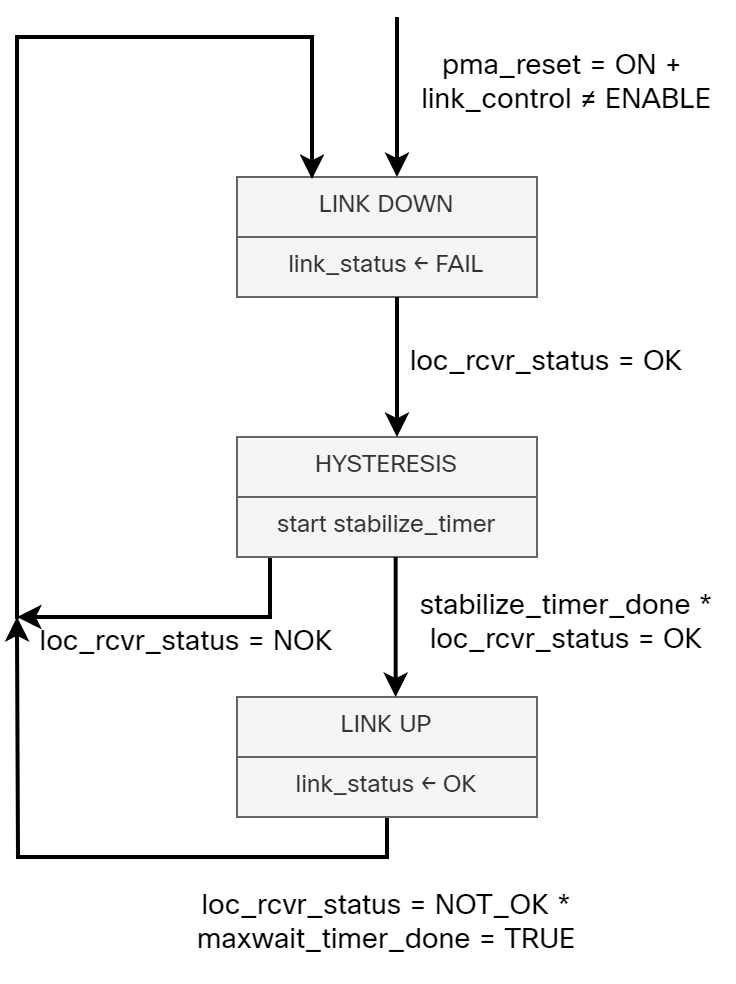0
Tetrate Enterprise Gateway for Envoy Graduates
Istio and Tetrate Enterprise Gateway for Envoy (TEG). This release provides businesses with a modern and secure alternative to traditional Envoy Gateway version 1.0. TEG extends its features by including cross-cluster service discovery and load balancing, OpenID Connect (OIDC), OAuth2, Web Application Firewall (WAF), and rate limiting out of the box along with Federal Information Processing Standard (FIPS) 140-2 compliance. A standout feature of the Envoy Gateway, and by extension TEG, is its native support for the newly introduced



